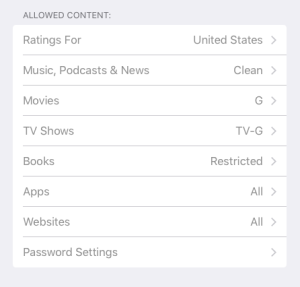Years ago I had a colleague draw a connection between special education and the five stages of grief. He talked of parents having visions and dreams of their child’s future (which indeed we do). When a school tells a parent their child has a disability, those visions often have to change. The vision families have for the future won’t happen, and families end up engaging with the Five Stages of Grief. Through that lens, grieving the loss of a future event, I’ve been thinking about the current COVID situation.
As we anticipated the start of school, as we anticipated Halloween, as we anticipate Thanksgiving and the holidays, we all had and have a vision of how these should look (ideally, like last year). The coronavirus has had us worried that it might be different, but we’ve tried to hold out hope. When school arrived, it was not what we’d hoped for. Halloween was really different too. And now we’re all trying to figure out what the holidays will look like.
As we prepare to grieve the loss of another event to COVID, where are you?
Denial: Nah, this COVID thing isn’t a big deal. We can still do Thanksgiving and the holidays like last year.
Anger: Regardless of your political stance, there is someone you can be mad at about the situation we’re in.
Bargaining: Maybe I can do the shopping early, and then lie about symptoms to get insurance to cover the test, then try to work from home for a couple days while I wait for results. And if everyone in my family can do that…
Depression: This sucks. That’s it, it just sucks.
Acceptance: Comparing 2020 Thanksgiving to pre-pandemic Thanksgiving is a fool’s errand. Our traditions won’t work in this environment. We need to start building new traditions (which may involve a lot of Zoom).
The five stages aren’t a path; we can bounce around between them. I know I have. I’m trying to spend more time in acceptance though. How about you?
















